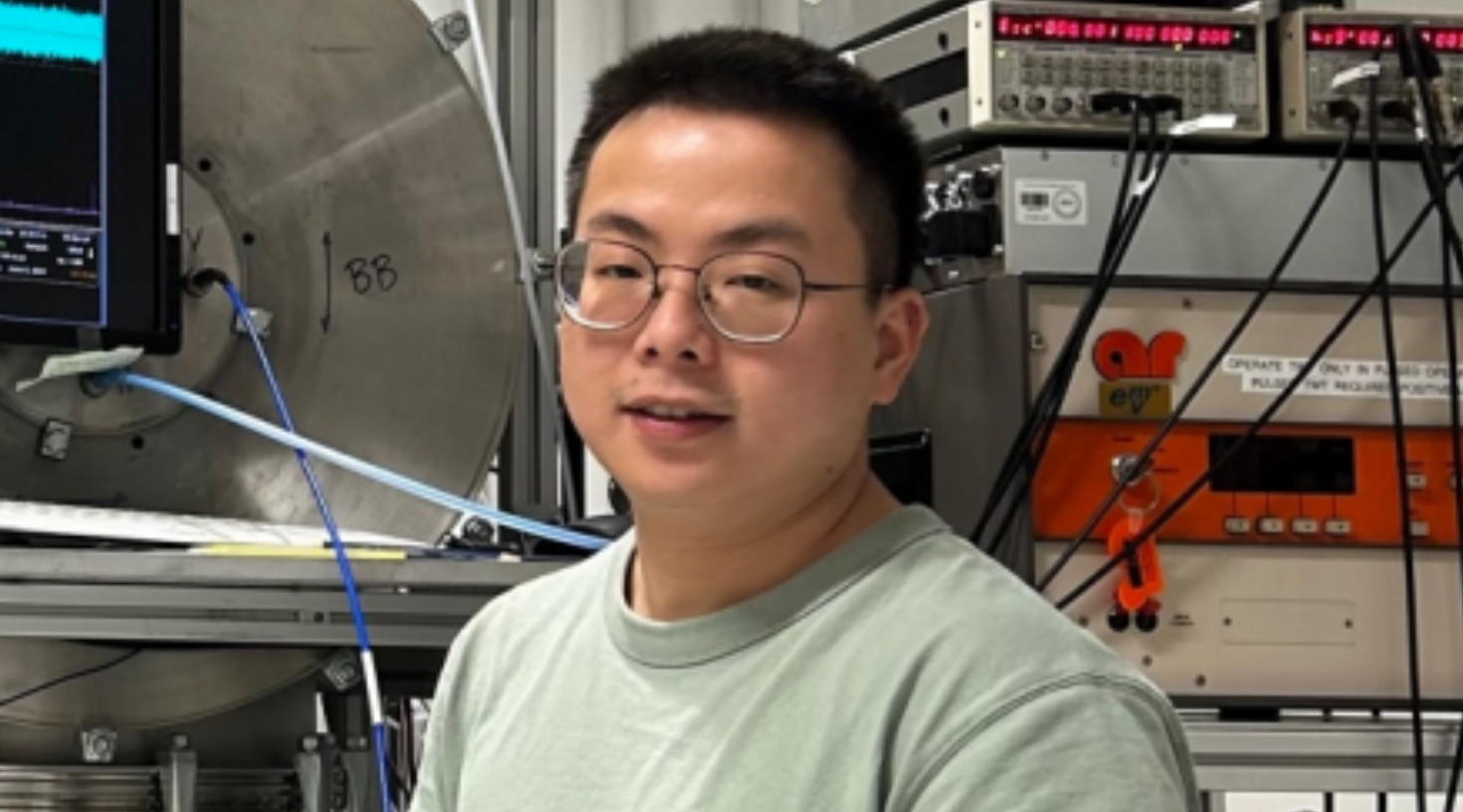"Informed AI News" is an publications aggregation platform, ensuring you only gain the most valuable information, to eliminate information asymmetry and break through the limits of information cocoons. Find out more >>
New Microscopic Mechanism for Hydrochloric Acid Formation Solves Decades-Old Chemical Puzzle
- summary
- score

Xie Fan, a native of Shaodong, Hunan, holds a bachelor's degree from Huazhong University of Science and Technology and a doctorate from the University of Alberta in Canada. He completed his postdoctoral research at the German Electron Synchrotron Research Institute. Recently, he published a paper in Science, which was a collaboration of only three authors, using tap water to complete the experiment. The paper proposes a new microscopic mechanism for the formation of hydrochloric acid by the dissolution of hydrogen chloride, solving a chemical puzzle that has persisted for decades.
Xie Fan's research focuses on the aggregation and growth processes of molecular clusters, deducing the microscopic mechanisms of macroscopic properties of substances through experimental observations. He used supersonic expansion technology to cool and separate hydrochloric acid-water clusters in a vacuum, obtaining rotational spectral fingerprints through microwave radiation, which revealed the mechanism of hydrogen chloride molecule dissociation under the influence of five water molecules.
This discovery not only corrects previous research directions but also provides new insights for chemistry, physics, and materials science. Xie Fan's research methods and achievements herald a broad prospect for the industrialization and commercialization of microwave spectroscopy instruments, while also emphasizing the importance of localization.
Xie Fan's research not only solves fundamental chemical problems but also provides a scientific basis for atmospheric chemistry, astrochemistry, material design, and environmental protection. His work demonstrates the role of basic scientific research in driving multidisciplinary development.
| Scores | Value | Explanation |
|---|---|---|
| Objectivity | 7 | Content is extremely objective, fair and comprehensive. |
| Social Impact | 4 | Content has sparked strong social discussion. |
| Credibility | 6 | Content is credible and verified by multiple sources. |
| Potential | 5 | Content has very high potential to trigger larger events. |
| Practicality | 5 | Content is extremely practical and widely applied. |
| Entertainment Value | 2 | Content is slightly monotonous but includes a few entertaining elements. |